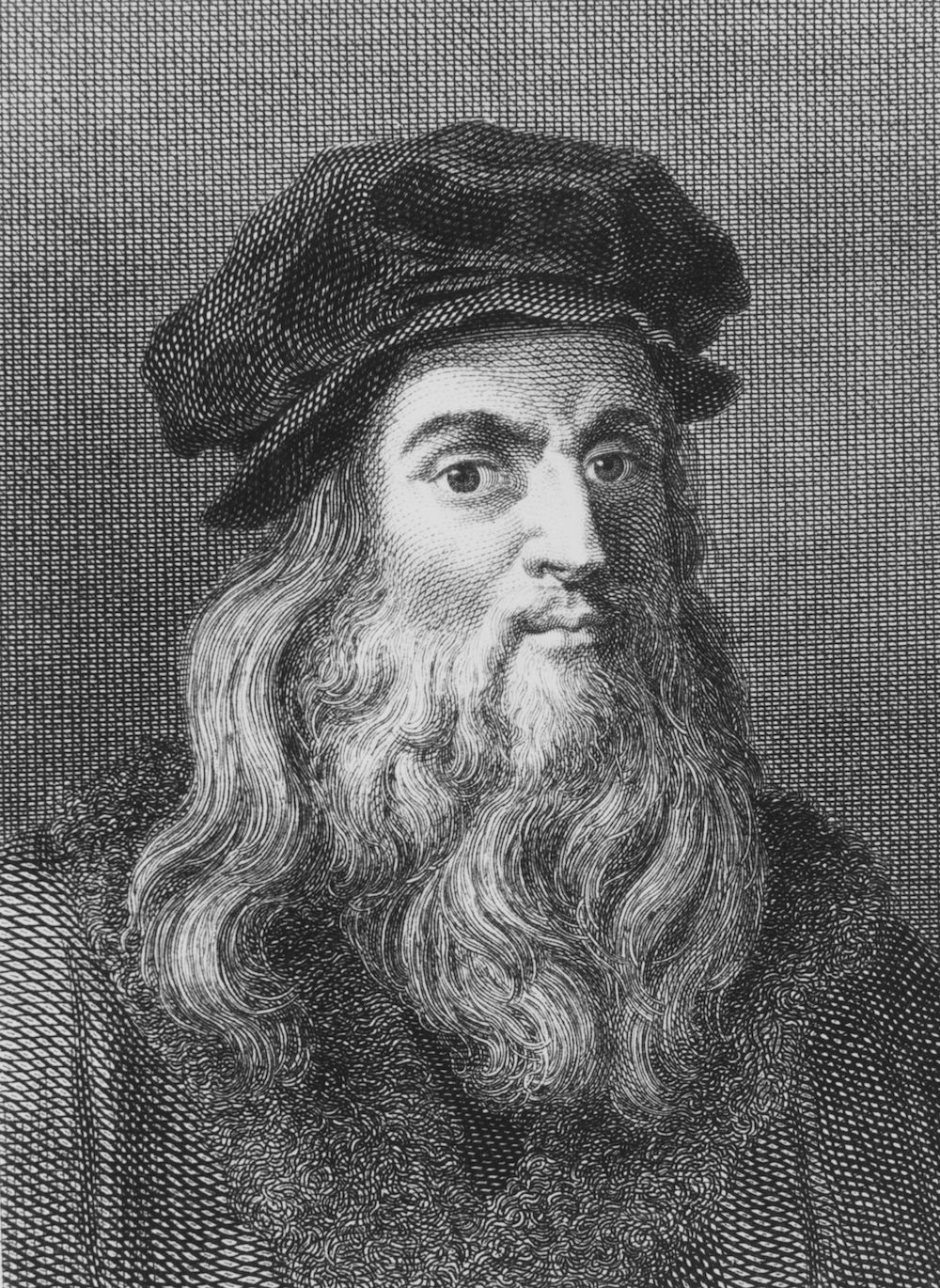Renaissance Mom: Leonardo Da Vinci's Mother Identified

The identity of Leonardo da Vinci's mother has eluded historians for years, but now one scholar said he's found the woman behind the Renaissance man.
After digging through overlooked records in Italy, Martin Kemp, a leading Leonardo expert, claimed that the artist was born to Caterina di Meo Lippi, a 15-year-old orphan, on April 15, 1452.
From existing documents, historians already knew that Leonardo was mostly raised by his father, a lawyer named Ser Piero da Vinci. Scholars also knew that Ser Piero was not married to Leonardo's mother, and there was some indication that her name was Caterina. [In Photos: Leonardo Da Vinci's 'Mona Lisa']
The gaps in knowledge among these details have led to a somewhat obsessive speculation about Caterina's identity. Sigmund Freud even weighed in with a psychoanalytical interpretation of Leonard's childhood. Freud claimed that the enigmatic smile in the 'Mona Lisa' must have reminded Leonardo of (you guessed it) his mother, which is why the painting captures both "the promise of unlimited tenderness and sinister threat."
More recent investigations have stuck to the biographical details, with some scholars claiming Leonardo's mother was a slave from North Africa or Turkey. Caterina was a common name for slaves at the time, and one analysis claimed a Leonardo fingerprint had features common to people of Middle Eastern origin.
But Kemp, an emeritus professor of art history at Oxford University, painted Caterina as a local girl. He told The Guardian that her life "was a real sob story." His research in the archives of Vinci and Florence suggested that Caterina and her brother, Papo, were orphaned and lived in a derelict farmhouse with their grandmother, just outside of Vinci. Meanwhile, Ser Piero da Vinci was on his way to becoming a successful lawyer in Florence and was due to be married. But during a visit to his hometown in July 1451, Ser Piero must have met Caterina, and gotten her pregnant. Then, his family probably gave her a dowry so that she could be married off to someone else.
Kemp established most of these links through property-tax records, and according to The Guardian, he also found that Ser Piero conducted a minor legal transaction for Caterina's husband, another connection linking the artists' parents.
Sign up for the Live Science daily newsletter now
Get the world’s most fascinating discoveries delivered straight to your inbox.
Kemp outlined his ideas about Caterina in the new book "Mona Lisa: The People and the Painting" (Oxford University Press, 2017), which he wrote with Giuseppe Pallanti, an economics teacher in Florence.
The book claims to be the first to shed light on Leonardo's maternal family tree. Last year, Italian researchers used historic records to identify 35 living descendants of Leonardo —but only on his father's side. Those living relatives included Oscar-nominated Italian director Franco Zeffirelli, who is perhaps most famous for his 1968 film adaptation of "Romeo and Juliet."
As the title of Kemp's book suggests, the publication also offers new details on the life of Lisa del Giocondo, the subject of Leonardo's most famous painting, the "Mona Lisa." Much more so than Leonardo's mother, Lisa del Giocondo has attracted wildly imaginative theories. These have concerned her identity and the secret religious symbols that might be imbued within the painting. Kemp took a more sober view of the mundane, middle-class life Lisa would have led while her husband traded in sugar, leather and slaves.
"Leonardo was doing extraordinary things, but the context that gave rise to the portrait was no less embedded in the daily business of life in Renaissance Florence than when Lisa's husband, Francesco del Giocondo, imported leather from Ireland," Kemp said in a statement.
Original article on Live Science.










